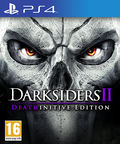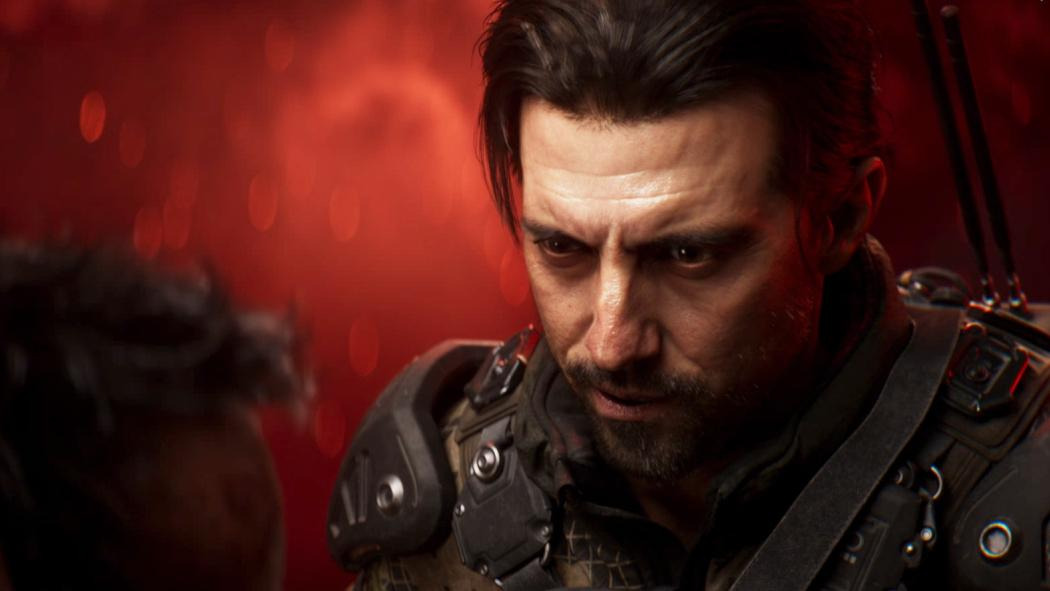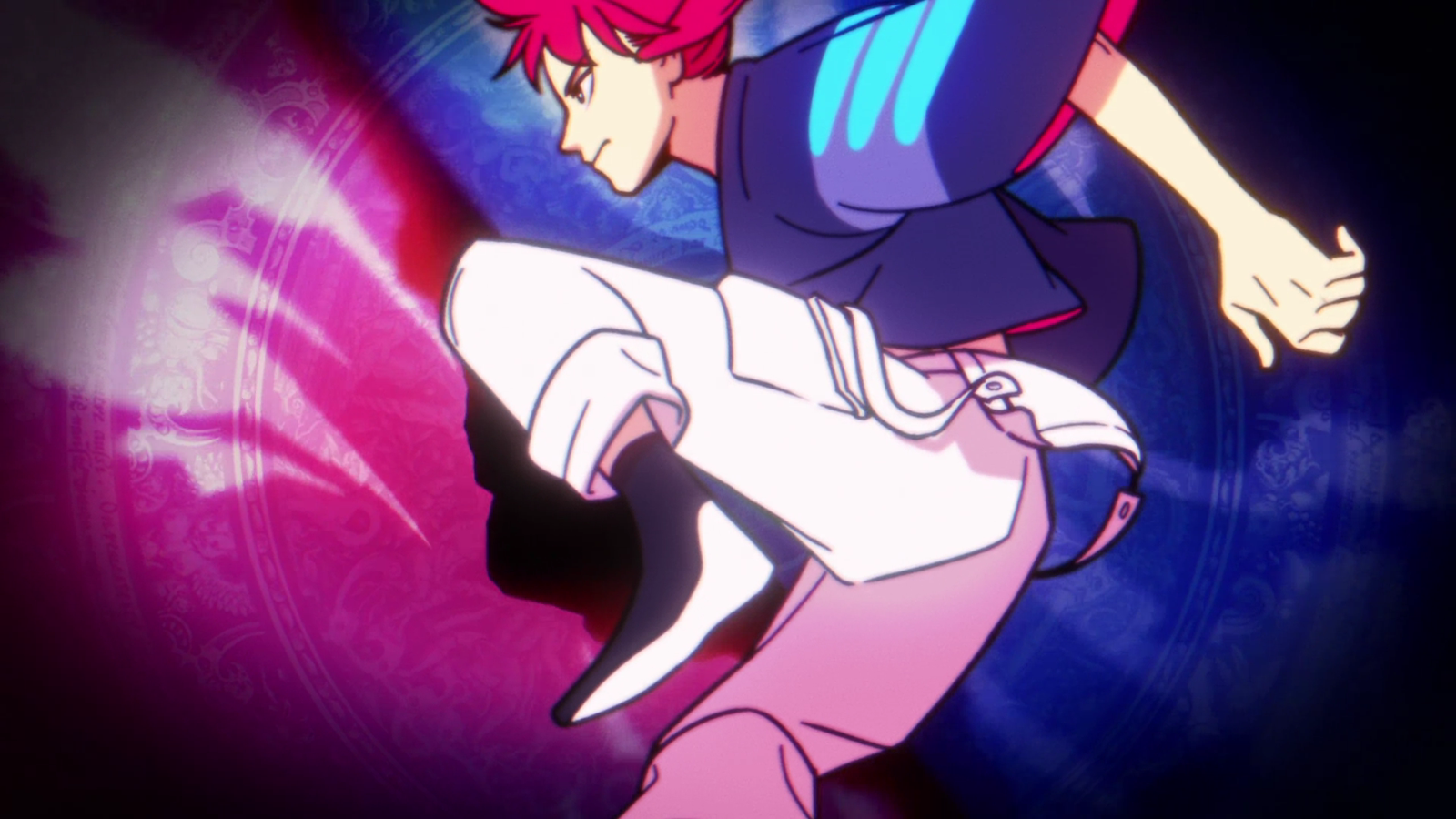You can trust VideoGamer. Our team of gaming experts spend hours testing and reviewing the latest games, to ensure you're reading the most comprehensive guide possible. Rest assured, all imagery and advice is unique and original. Check out how we test and review games here
Darksiders 2: Deathinitive Edition – aside from having the worst name of any game to ever exist in history – is a fine way to play THQ’s (well, Nordic Games’s) hack and slasher on your PS4 or Xbox One without feeling like you’ve just turned the clock back to 2012.
Looking about as good as you would imagine the PC version did during its original release, Darksiders benefits hugely from its art style. Re-purposed here in 1080p, the added sheen and smoothness is amplified due to the comic book look Vigil Games opted to go with in the first place. That’s what you get here, too: a very clean product with some decent texture work, even if by today’s standards it looks slightly dated and empty.
It’s a shame the frame rate remains at 30fps, mostly because of how much a move to 60fps worked to help the likes of God of War 3. The increase in frames made it feel faster and define it slightly from its PS3 predecessor. It wasn’t a huge change, but it added something extra to the experience. With Darksiders, this isn’t present, which does stop it from truly reaching a new level.
What does exist, unfortunately, is the occasional slight stutter. It’s not game-breaking and such moments are few and far between, but it would be unfair not to mention it given this exists entirely due to technical enhancements. In the same vein, it’s only right to say there are very rare instances of tearing. We would imagine you’d have to be deliberately on the lookout for these to notice them, but again – as a remaster, you may be hoping for more.
That doesn’t seem to be Nordic Games’ big concern, though, instead seeing this as a way to get Darksiders back into public consciousness in preparation for a potential brand new entry in the series. It’s not the worst idea either given that Darksiders 2 is still an enjoyable experience, even if it is the most ‘video game’ thing in existence.
A by-the-numbers remaster, then, and one that would’ve benefited from a bit more love. For those who just wanted to see what all the fuss was about on their Xbox One or PS4, however, it suffices.
Version Tested: PS4
Original Review (Xbox 360, PS3, PC) – Author: Martin Gaston
If the opening hours of Darksiders II confuse you, well, I honestly don’t blame you. An ice palace? A big forest filled with monsters? Loot? There’s a lot going on and it’s all especially confusing because, when we left off, all the angels and demons were on the brink of another fresh betrayal-spurred conflict on our post-apocalyptic planet, all while being accompanied by a stirring orchestral accompaniment.
But none of that has actually happened yet. For the most part, Darksiders II is a sideways story, taking place concurrently with the events of the first game.
So your host for the proceedings will now be Death, not War, although within a couple of hours the eldest of the Four Horseman of the Apocalypse has racked up a bodycount high enough to suggest at least a partial declaration of some form of prolonged conflict. Despite the change of character and scenery it’s all very much business as usual – Vigil has once again lifted its gameplay mechanics of gentle third-person puzzling, wide-open exploration and swift combat from some very familiar surroundings.
Vigil and THQ have always been quick to play down Darksiders’ similarity to the other games it so copiously borrows from, which is never something I’ve properly understood; these developers should wear their influences proudly. This is a game that cribs from the very best, after all, becoming an amalgamation of some of the most celebrated games of all time. It’s like a mixtape of pure belters, only something’s gone wonky and every sensational hit is coming out of the speakers at once: Zelda! God of War! Prince of Persia! There’s even a couple of Shadow of the Colossus bits!
It is to Vigil’s enormous credit that this busy mix of myriad inspirations feels, for the most part, harmoniously balanced.
Much of the balancing act is performed by Death himself. The Pale Rider is both lithe and chunky, his sinewy muscles bulging in the way that only games and comic books can adequately portray. He is also, like the game itself, an amalgamation; Vigil’s Grim Reaper has the look of Soul Reaver’s Raziel mixed with the flair of Dante and the agility of the Prince. That’s just a really lovely mix, and he’s a great character – snarky and confident, but curiously friendly and baronial. He’s also out to restore the now-extinct human race, so (as a human myself) it’s pretty hard to properly dislike him. The game also bobs along at a rather pleasant cadence alongside its star, with plenty of nice touches and twists peppered into familiar scenes. Vigil even manages to work in the classic ‘tree of life’ trope without making my brain want to hand in its notice and become an accountant.
Still, with War off fighting the forces of heaven and hell, and Death stumbling upon an ancient corruption threatening to destroy everything ever, well, I can only begin to imagine what Strife and Fury are going to have to put up with down the line.
But, really, the meat of Darksiders II is about thwacking baddies with great prejudice, over and over and over until there are no more baddies left to thwack, and then solving a puzzle. It’s nice, then, that combat has been tightened and focused from the original’s overlong confrontations, and Death’s nippier attacks – from his potent dual scythes and various secondary weapon options – are met by equally hastened opponents. Darksiders II is a game rich in enemy variety, including various automatons, zombies and demons, so if it bleeds (and even if it doesn’t) Death will probably off it.
The increased speed allows much more detail to explode on the screen, then, but the attack prompts of enemies and general pace of the pugilism demand faster fingers (especially on higher difficulties) than the original. The trade-off is worth it, however, though there’s still a slight disconnect between the player and the fighting; the systems aren’t all that complicated and players are never really incentivised to master them to begin with, so once you’ve found your bread-and-butter set of moves (I like to dart in with a teleport dash, let off a couple of whirlwind combos and zip back out again) you’ll likely stick with that for the entire game.
Another thing which doesn’t quite work is the game’s new loot system, which throws up all kinds of potential possibilities on paper but doesn’t quite add much in reality – the loot on offer is just a bit too random and boring to really make much of a difference. You’ll see a better scythe, for instance, and replace your old one; the range of modifiers on offer don’t come close to rivalling Borderlands or Diablo, so you won’t really develop any kind of attachment to the loot. It is, sadly, rarely more than just bog-standard, everyday loot. Bad loot. Most of your gear will just be fed to Possessed Weapons, which get stronger by eating your vanilla gear, and that’s the end of that. I quickly switched on the ability to joylessly hoover up all items automatically, and sporadically checked what I’d picked up between missions.
Levelling up, on the other hand, slots into the mix quite nicely. Death has access to two skill trees, Harbinger and Necromancer, with the former bestowing new physical abilities and the latter conferring things you can summon – crows, ghouls and tornadoes, to name a few. There are about thirty different skills in all, feeding into a handful of core abilities you’ll start to rely on by the game’s half-way point. You’ll also get plenty of other thingies and wotsits from clearing out dungeons and forcing your scythe into the squishy bits of boss monsters.
Make no mistake, this is a long game. Each of the numerous hub worlds feel roughly comparable to the space on offer in the original, creating an overall world map that feels at least three times bigger than what has come before. Darksiders II, then, is absolutely stuffed with content, including numerous side-quests – many of which I’m still in the process of finishing off now. Optional missions range from the usual item collectathons to your standard B-tier dungeons, but my favourite so far involves you travelling around the various hubs in a bid to knock off a handful of particularly nasty boss monsters. If you’re looking for a recent game that’s built to last, well, I can’t think of a better example than this.
This is a game that is very much the sum of its parts, and Vigil should be commended for managing to bring together so many component features from so many disparate parts, and without reaching critical mass. Death has managed to reap most of his systems from other titles, and in doing so he feels like a proper journeyman – his jumping isn’t the highest, his fighting isn’t the fiercest and his puzzles aren’t the most cerebral. But these are secondary factors, taking a backseat to how Vigil has managed to capture a sense of one of the rarest feelings in video games: a genuine adventure.
I sincerely hope Death is not the end for this series, as Darksiders II is a fascinatingly hokey journey through an impressive array of otherworldly locales and a bizarrely lovable cast of characters, and a few underwhelming jumps and puzzles doesn’t detract from one of the most earnest and generous titles of the summer.
You could ask for Darksiders II to be more imaginative, then, and it would be nice to see some sharper puzzles, tighter combat and loftier jumps, but for a game obsessed with revenge and murder Vigil has crafted something with a surprising amount of heart.
Darksiders 2: Deathinitive Edition
- Platform(s): PlayStation 4, Xbox One
- Genre(s): Action








